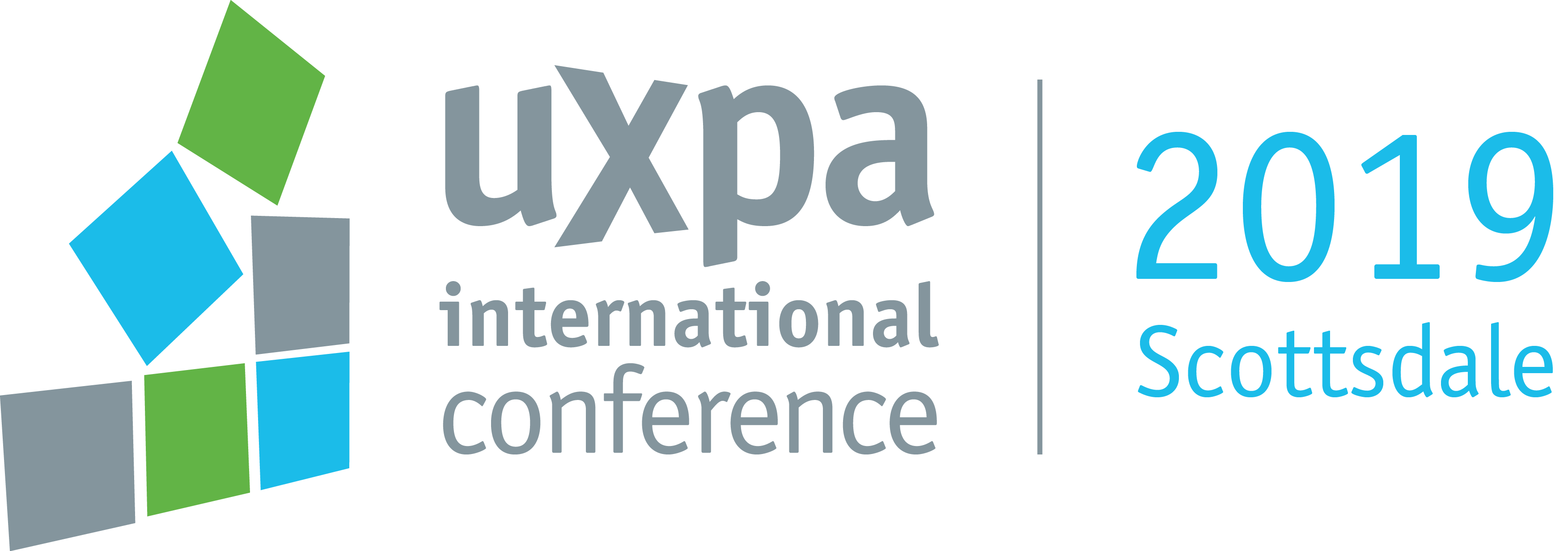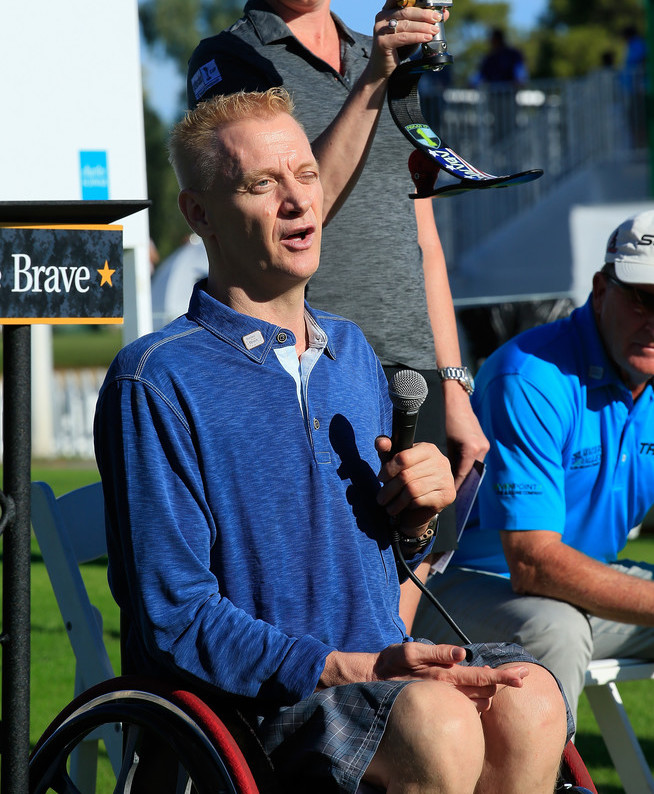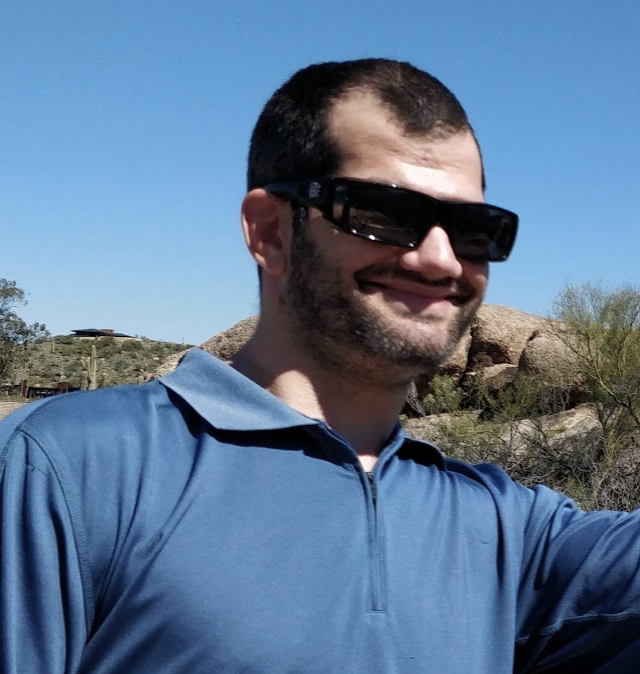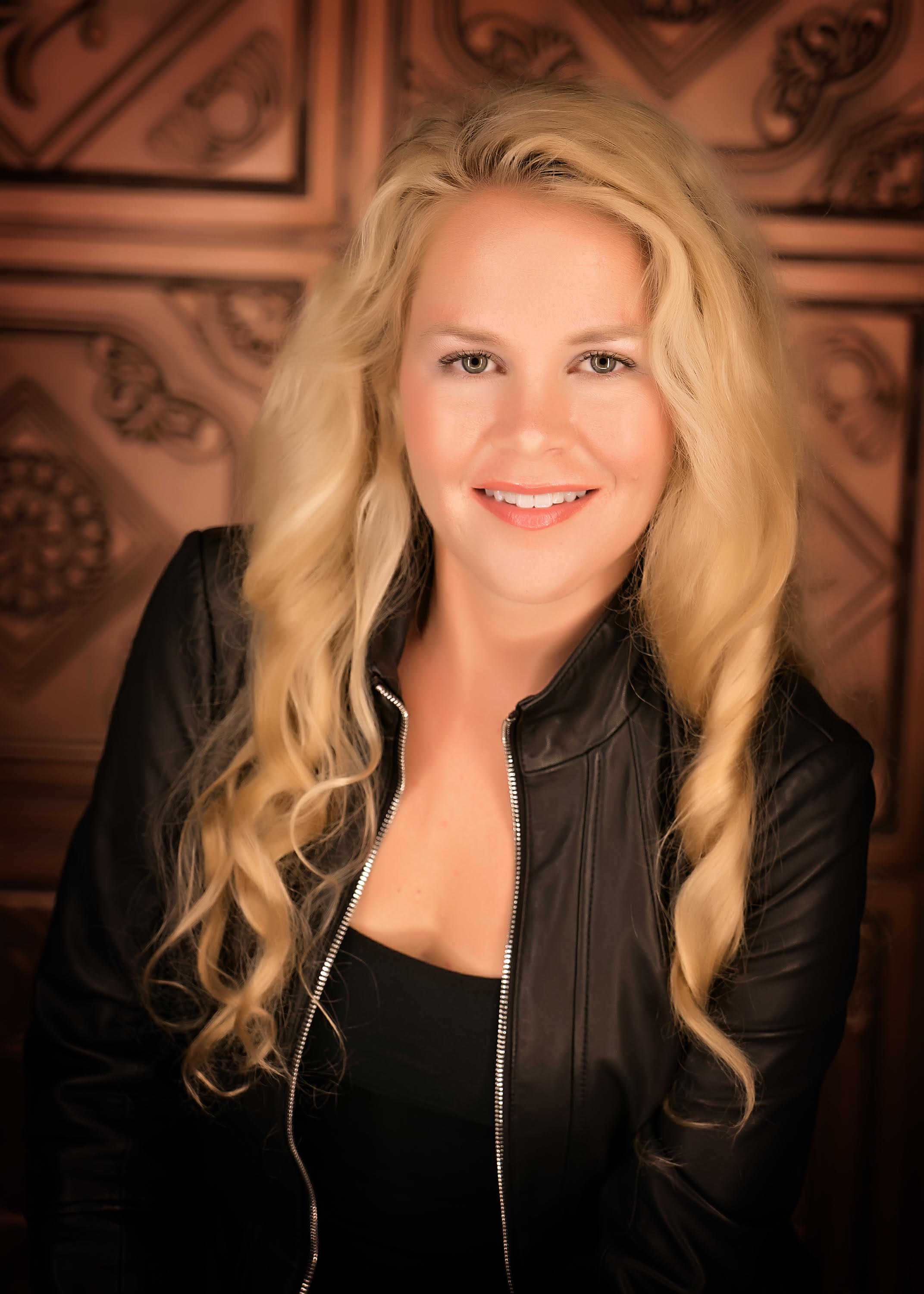

Approximately 1 in 5 people in the United States experience some form of disability (ex. low vision, motion disorder) that affects them on a day-to-day basis. Despite such a high prevalence of disabilities in the U.S., many companies responsible for creating today’s consumer technology continue to struggle with effectively incorporating accessible design into their products and systems. Many of these struggles are due to misconceptions of users with disabilities, core user needs and desires, siloed thinking amongst design teams, and the perception that an accessible design requires trade-offs for non-disabled users. This panel will focus on the numerous design issues, dilemmas, and misconceptions surrounding accessibility as it applies to technology across domains. Specifically, it will address many of the hardware and software-related design challenges central to enterprise software, automotive technology, medical device, and ride sharing app accessibility. Unlike a traditional panel, however, this group follows an industry-user panel structure. That is, it’s comprised of both industry leaders, as well as active end-users from different avenues of the disabled community. The industry-side of this panel (i.e., 3 members) will offer their perspective on questions asked by a panel moderator and/or attendees, sharing accessibility design insights and tips they’ve helped research or implement over recent years. They will also discuss many of the pitfalls of “small-picture” thinking that lead product teams to implement ineffective or overly conservative accessible designs. The user-side of this panel (i.e., 2 members) will describe their first-hand experiences regarding the use of accessibility-enabled technologies and services, as well as areas where accessible design falls short. They will also discuss areas of the consumer industry where they see the greatest needs and opportunities for accessible design to promote change. |
 Joe O’Brian
Joe O’Brian
 Kristan Hodge
Kristan Hodge
 Lance Sedbrook
Lance Sedbrook
 Andrew Cohen
Andrew Cohen
 Kelly Brittingham
Kelly Brittingham
 Angela Kuwaye
Angela Kuwaye